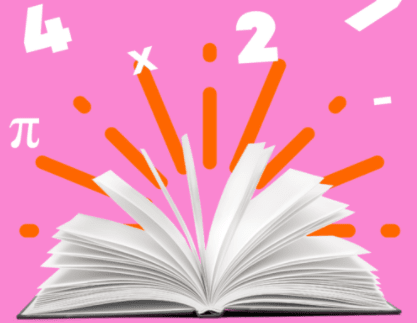
All young learners go through stages of writing development. As their reading skills emerge, they begin to acquire related skills in writing. These stages may look slightly different depending on the approach to writing instruction that is being used. Not all students go through each stage at the same time or pace, but all writers go through them at one point or another. They may also remain in a given stage for more or less time than a peer, and the transition from one stage to the next may look different from student to student. These differences are normal and aren’t necessarily signs that a child is struggling with writing. Just keep an eye on their development and general feelings about writing. If you have questions, speak with your child’s teacher about whether what you’re seeing is cause for concern.
The Developmental Stages of Writing:
Stage 1: Drawing/scribbling
The first stage of learning how to write is experimentation with form. As soon as children understand that they can communicate thoughts and ideas on paper, they will begin to experiment with drawing and scribbling. This understanding that “writing“ can represent words is an important milestone in the development of early writing skills. Once a baby can grip a marker or crayon and independently make marks on paper, they have entered this first stage of writing development.
While this skill may not appear to have much value, children learn a tremendous amount by scribbling. They are building fine motor skills, which are crucial in handwriting. They are also practicing spatial awareness, which is important in eventually being able to organize physical writing on a page.
Stage 2: Forms and shapes that resemble letters
In this next stage, students begin to develop the awareness that shapes and symbols have meaning. As students continue to hone their fine motor skills and receive (hopefully explicit!) instruction in writing, they begin to attempt to draw shapes that resemble letters. You may not be able to read the child’s writing. However, the child may be able to tell you what she wrote, either in the moment or immediately afterward.
Writing in this stage will begin to look less random and more intentional. For example, a student may write a lowercase b as a vertical line followed by a circle. He won’t necessarily connect them or draw them in the right place, but he’ll have the components there. An uppercase A might resemble an H, as students may not yet know how to correctly draw an angle. Some letters may look more or less correct, while others may be unrecognizable.
Stage 3: Letters emerge
Students are now able to form letters that are mostly recognizable. Usually these appear as long strings of letters that don’t necessarily make real words. In this stage, students favor the letters in their name. Letter strings may contain a mix of upper and lowercase letters, although most students stick with uppercase in the beginning. Students frequently reverse letters, as in the most infamous case of b and d reversal.
Stage 4: Letters and spaces
Next, students begin to grasp what writing is supposed to look like. They will start including spaces within their writing, and will eventually write beginning and/or ending sounds in words. This is where inventive spelling–spelling words based on how they sound as opposed to phonics rules–begins to emerge.
A classic example of inventive spelling that often stumps adults is a word a child attempted to write as “HRH.” As first glance, this looks like a random string of letters, as it doesn’t really resemble any word we know. However, if we pay close attention to what the child knows and hears in both the word they are spelling and in the letters they used, we realize they are trying to spell the word “church.” The /ch/ in the letter ‘h’ comes both at the beginning and end of the word, and the ‘r’ sound is in the middle. When we look at students’ spelling in this way, their developmental process begins to make a lot more sense.
Stage 5: Conventional writing and spelling
This final stage of writing is the longest and most complex. It is where students begin to learn the rules that dictate both spelling and written language, and they begin to incorporate these rules into their writing. Depending on a child’s individual rate of development, this stage typically begins around first or second grade, but that’s not a hard and fast rule. Once students have mastered spelling and writing conventions, they begin to shift their focus away from mechanics and more toward the content of their writing.




